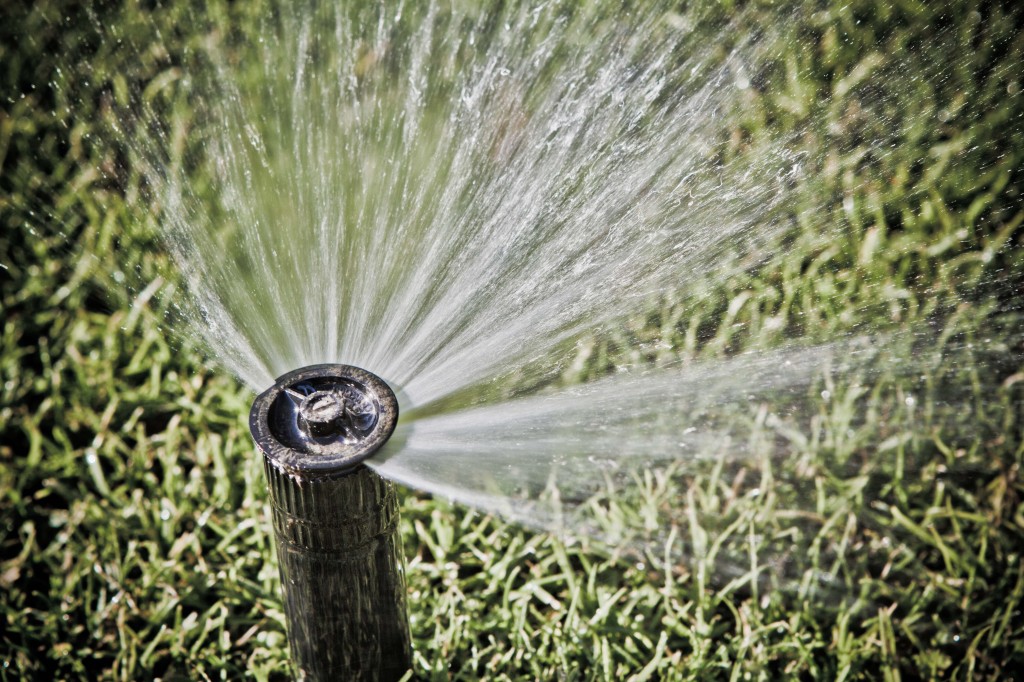Check your toilet for leaks.
A toilet leak can waste more than 100 gallons of water each day. To determine if your toilet may have a leak, add a small amount of food coloring to the toilet tank. If the color begins to appear in the bowl without flushing the toilet, it has a leak. Adjust or replace the flush valve or call a plumber.
Stop using your toilet as an ashtray or wastebasket.
Every time a cigarette, facial tissue, or other small bits of trash are flushed down the toilet, 1 1/2 to 7 gallons of water is wasted depending on the model of the toilet.
Put two plastic bottles in the toilet tanks.
Most toilets flush just as efficiently with less water. To reduce the amount of water used by each toilet, fill two plastic water bottles with an inch or two of sand or pebbles and water and then place them in the tank away from the operating mechanism. In an average home, the bottles can displace up to ten gallons of water or more every day. (Water bottles are a much better idea than using a brick in the toilet because bricks can disintegrate and damage plumbing.)
Take shorter showers.
Long, hot showers waste five to ten gallons every unneeded minute. Limit showers to the time it takes to soap up, wash, and rinse.
Install water-saving shower heads or flow restrictors.
Most shower heads put out five to ten gallons per minute; three gallons per minute is sufficient for a refreshing shower. Almost all of our local hardware and plumbing supply stores offer inexpensive water-saving shower heads that are easy to install. Alternatively, a small plastic insert can be purchased to limit the water flow without replacing the shower head.
Turn off the water after wetting your toothbrush.
After you have wet your toothbrush and filled a glass for rinsing your mouth, turn off the tap water.
Rinse your razor in the sink.
Before shaving, partially fill the sink with warm water. A sink full of water will rinse the blade just as well and use less water.
Check pipes and faucets for leaks.
Even the smallest drip from a worn washer can waste 50 gallons or more a day. Larger leaks can waste hundreds.
Use your automatic dishwasher for full loads only.
Every time you run your dishwasher, you use about 25 gallons of water.
If you wash dishes by hand, don’t keep the water running for rinsing.
If you have two sinks, fill one with soapy water and one with rinse water. If you have one sink, gather all the washed dishes in a dish rack and rinse them with an inexpensive spray device.
Don’t let the faucet run while you clean vegetables.
An effective alternative is to use a stopper to fill the sink with clean water for rinsing the vegetables.
Keep a bottle of drinking water in the refrigerator.
This ends the wasteful practice of running tap water to cool it off before drinking.
Use your automatic clothes washer for full loads only.
Your automatic washer uses 30 to 35 gallons of water in each cycle. (That’s a lot of water for three T-shirts.)

Landscape with drought-resistant trees and plants.
There are many beautiful trees and plants that thrive in Bakersfield that don’t require a lot of water to remain healthy.
Put a layer of mulch around trees and plants.
A layer of mulch will slow the evaporation of moisture.
Use a broom to clean driveways, sidewalks, and steps.
Using a hose to push around a few leaves and scraps of paper can waste hundreds and hundreds of gallons.
Don’t run the hose while washing your car.
Soap down your car with a pail of soapy water. Then use a hose simply to rinse it off.
Teach your children that your hose and sprinkler are not toys.
Few things are more cheerful than the sound of children playing under a hose or sprinkler on a hot day. Unfortunately, there are also few things more wasteful of precious water.
Water your lawn only when it needs it.
Watering too frequently can be very wasteful. Water less frequently to allow for cool spells and rainfall to reduce the amount of water your property needs. A good way to determine if your lawn needs to be watered is to step on the grass… If the grass springs back up when you lift your foot, it doesn’t need water.
Water during the cool parts of the day.
Early morning is better than dusk since it also helps prevent the growth of fungus.
Deep-soak your lawn.
When you water your lawn, allow just enough time for the water to seep down to the roots. Water at the roots doesn’t evaporate quickly and also does the best for a lawn. In contrast, a light sprinkling simply sits on the surface and evaporates quickly. A slow, steady fall of water is the best way to irrigate your lawn.
Don’t water the gutter.
Position your sprinklers so water lands on your lawn or garden-not on concrete where it does no good. Avoid watering on windy days when much of your water will be carried off before it ever hits the ground.
Check for leaks in pipes, hoses, faucets, and couplings.
Leaks outside the house may not seem as unbearable since they don’t mess up the floors or drive you crazy at night. However, all leaks should be repaired to prevent using water unnecessarily.[/one_half]
